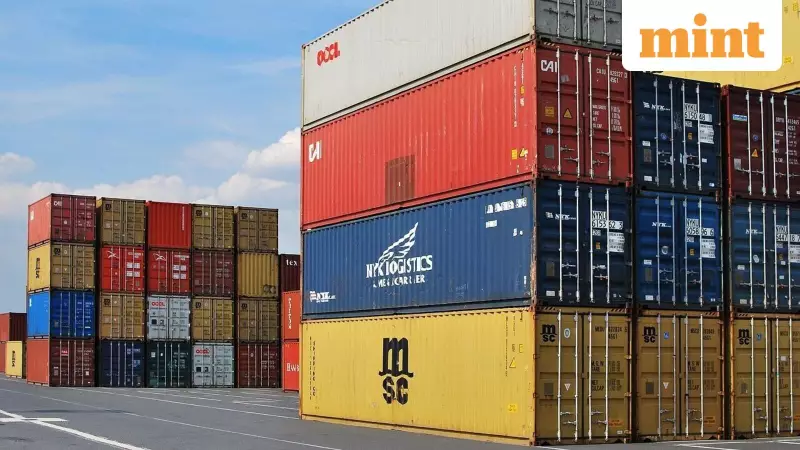
Indian exporters are poised for a significant financial windfall as recent United States tariff exemptions are expected to boost export revenues by an impressive $2.5 to $3 billion. This development comes as a major relief to the Indian export sector that has been grappling with challenging trade conditions.
Major Boost for Agricultural Exporters
According to Ajay Sahai, the director general of the Federation of Indian Export Organisations (FIEO), the tariff exemptions will particularly benefit Indian agricultural exporters, especially those dealing in high-value products. The exemption of various food items from the impacted list has created new opportunities for premium, specialty and value-added products in the American market.
This order opens space for premium, speciality and value-added products, Sahai emphasized. He further noted that exporters who shift towards higher-value segments will be better protected from price pressures and can effectively tap into rising consumer demand in the United States.
Immediate Benefits and Key Products
The tariff relief follows US President Donald Trump's decision on November 14 to exempt more than 200 food items from reciprocal tariffs. Among these, beef exports from India stand to gain significantly, given India's position as a major global beef exporter. Other products that will see immediate benefits include coffee, cashew nuts, tea and various spices.
A senior official involved in Indian farm export policy confirmed that the move benefits Indian farmers and exporters of tea, coffee, cashew and fruits and vegetables. This comes as particularly welcome news given the substantial challenges Indian exports have faced in recent months.
Mixed Impact Across Sectors
However, not all sectors will benefit equally from the tariff exemptions. According to Ajay Srivastava, founder of the Global Trade Research Initiative lobby group, India's US-bound farm exports will register limited gains due to the country's weak presence in key exempt items such as tomatoes, citrus fruits, melons, bananas and fruit juices.
The tariff shift would marginally strengthen India's position in spices and niche horticulture and help revive some lost US demand after the tariff hikes, Srivastava explained. He added that Latin American, African and ASEAN suppliers are likely to make larger gains from the tariff exemptions.
Broader Trade Context and Challenges
The tariff relief comes at a crucial time for Indian exports to the United States. Data shows that as of September 2025, Indian exports to the US had fallen to $5.43 billion after tariffs were implemented, representing a close to 12% year-on-year decline. This drop occurred after tariffs were raised from 25% to 50%.
Farm exports, which are estimated to account for $5.7 billion of India's $87 billion worth of exports to the US in 2024, were among the worst affected by the tariff increases. The current exemptions are expected to provide some relief to this struggling sector.
Analysts point out that the exemptions will help boost demand, especially considering that unlike Vietnam and the European Union who faced 15-20% tariffs imposed by the Trump administration, Indian exports were burdened with tariffs as high as 50%, making it extremely difficult to compete in the American market.
Positive Signal for Future Trade Talks
Officials involved in India-US trade deal negotiations view the tariff exemptions as a positive step for ongoing talks. The move is seen as potentially paving the way for more comprehensive trade agreements between the two nations.
However, some uncertainties remain. It is not immediately clear whether Indian exports will be exempt from 25% reciprocal tariffs or the full 50% tariffs that were previously imposed. This clarification will be crucial in determining the exact magnitude of benefits for Indian exporters.
Exporters Voice Concerns
Despite the positive developments, exporters have expressed concerns that other factors might keep potential gains in check. They point to persistent challenges including high freight costs, strong competition from Vietnam and Indonesia, and increasingly tougher US quality requirements.
One exporter summarized the situation by stating, Tariff relief is important, but market recovery also depends on logistics and our ability to match prices. This highlights the multifaceted nature of international trade where tariff reductions alone may not guarantee market success.
The coming months will be critical in determining how effectively Indian exporters can capitalize on these tariff exemptions and translate them into sustainable export growth in the competitive American market.





